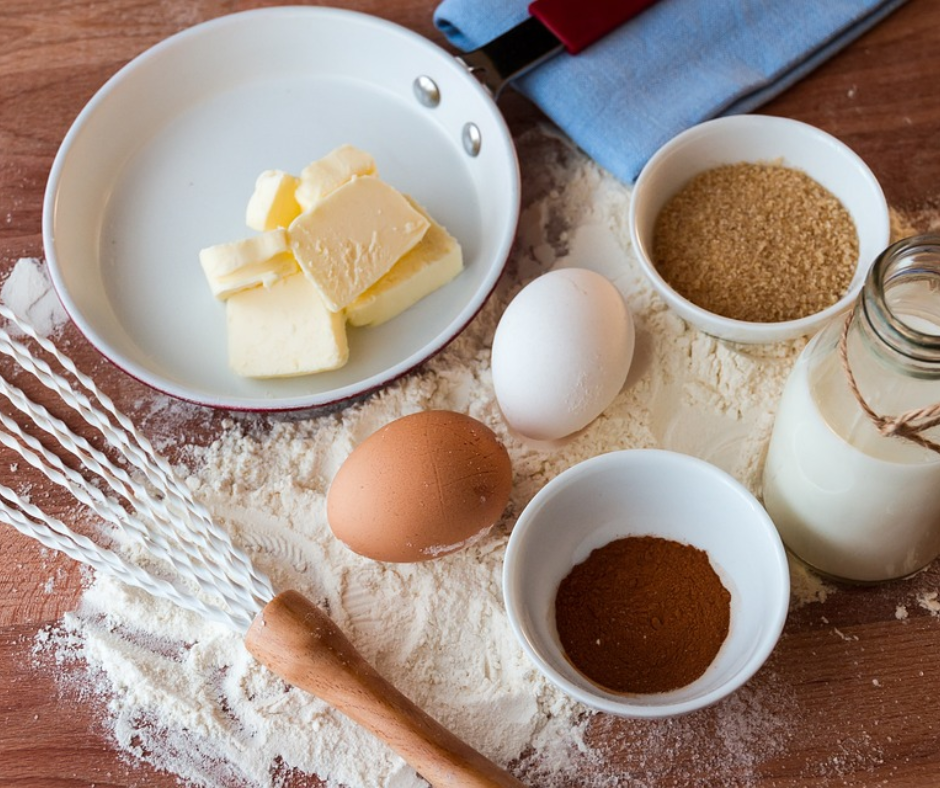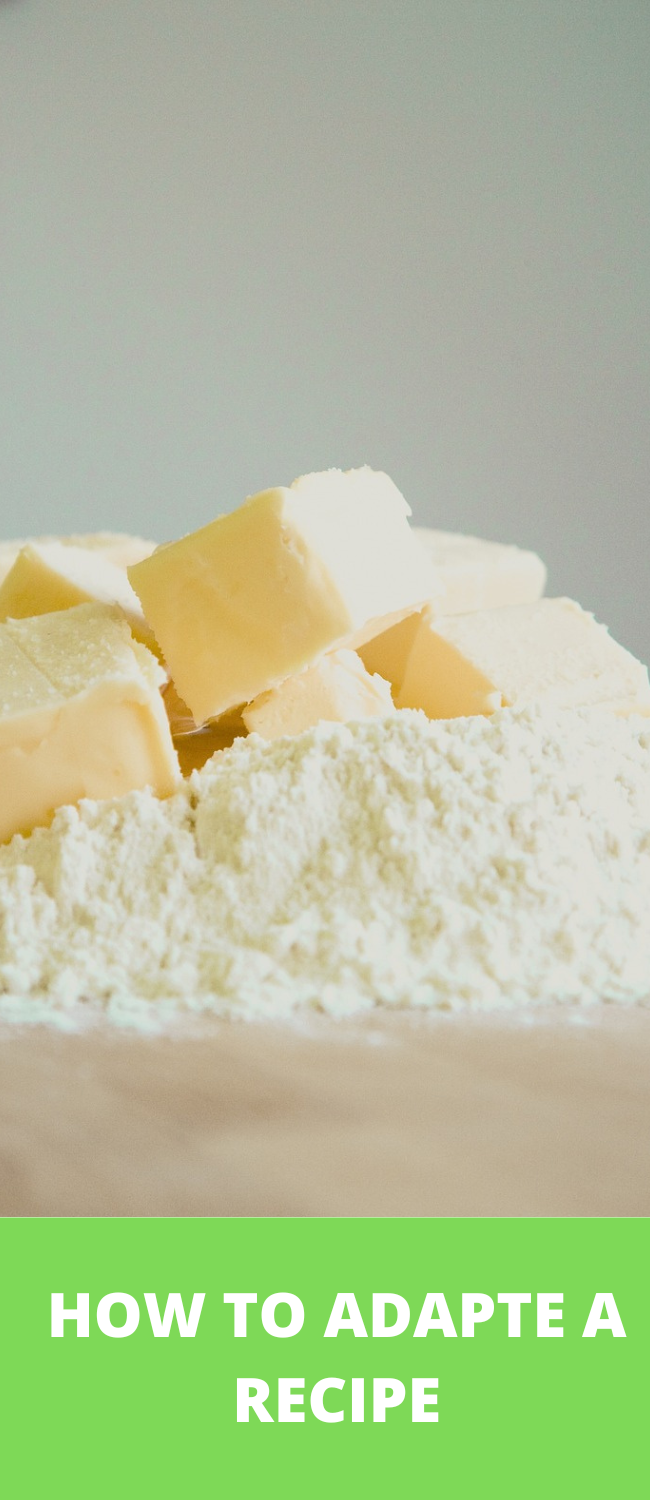Let’s face it—recipes are helpful, but they’re not laws. Learning how to adapt a recipe is one of the most empowering skills you can develop in the kitchen. It transforms cooking from a step-by-step task into a true creative experience.
Whether you’re missing a key ingredient, working with dietary restrictions, or simply want to experiment with new flavors, adapting a recipe means making it your own. Think of recipes as blueprints—they provide structure, but there’s plenty of room for creativity, flexibility, and personal flair.
Maybe you want to swap cream for coconut milk, cut the sugar in half, or replace meat with mushrooms. Once you know the basics of substitution and flavor balancing, you can confidently tweak dishes and even invent your own.
In this guide, we’ll walk you through when and how to adjust ingredients, flavors, and methods while still keeping your dish successful—and delicious.
Here are some tips on how to adapt a recipe:
Understand the recipe: Before you start making changes to a recipe, it’s important to understand the recipe’s purpose and structure. Knowing the recipe’s purpose will help you understand what the essential ingredients and steps are. The structure of a recipe refers to the order of the ingredients and the timing of the cooking process. Once you understand the purpose and structure of a recipe, you can make changes accordingly without affecting the final outcome.
Substitute ingredients: One of the most common reasons for adapting a recipe is to substitute ingredients. For example, if you don’t have fresh basil on hand, you can substitute it with dried basil. If you have a dairy allergy, you can substitute dairy products with non-dairy alternatives such as soy milk or almond milk. When substituting ingredients, ensure that the substitute has similar characteristics to the original ingredient.
Adjust seasoning: Seasoning is essential in cooking as it enhances the flavors of the dish. However, not everyone has the same taste preferences, so it’s essential to adjust the seasoning to suit your taste. For example, if a recipe calls for a teaspoon of salt, you can reduce or increase the amount of salt to suit your taste preferences.
Change cooking methods: Changing cooking methods can alter the texture and flavor of a dish. For example, if a recipe calls for frying, you can try baking or grilling instead. Changing the cooking method can also make a dish healthier, for example, by reducing the amount of oil used.
Experiment: Cooking is all about experimentation, so don’t be afraid to try new things. You can add different herbs and spices to a recipe to create a new flavor profile. You can also add or remove ingredients to suit your taste. Be creative and have fun with it!
Here’s an example of how to adapt a recipe:
Let’s say you have a recipe for chicken alfredo, but you are lactose intolerant and cannot consume dairy products. You can adapt the recipe by substituting the dairy ingredients with non-dairy alternatives.
Ingredients:
- 1 lb. boneless, skinless chicken breast, cut into bite-sized pieces
- 1 lb. fettuccine pasta
- 1 cup heavy cream (dairy ingredient)
- 1/2 cup grated Parmesan cheese (dairy ingredient)
- 2 cloves garlic, minced
- 2 tablespoons butter
- Salt and pepper, to taste
- Fresh parsley, chopped
Adapted recipe:
Substitute heavy cream with coconut cream (non-dairy alternative)
Substitute grated Parmesan cheese with nutritional yeast (non-dairy alternative)
Use vegan butter or olive oil instead of regular butter
Instructions:
Cook the pasta according to the package instructions.
While the pasta is cooking, heat a large skillet over medium-high heat.
Add the chicken and garlic to the skillet, and cook until the chicken is no longer pink.
Add the coconut cream and nutritional yeast to the skillet, and stir until the sauce is smooth.
Reduce the heat to low and simmer for a few minutes until the sauce thickens.
Add the cooked pasta to the skillet, and toss until the pasta is coated with the sauce.
Season with salt and pepper to taste.
Garnish with fresh parsley.
By adapting the recipe, you can still enjoy a delicious chicken alfredo dish without compromising your dietary requirements.
Some reasons why you might want to adapt a recipe:
Dietary Restrictions: You or someone you are cooking for may have dietary restrictions or preferences that require you to adapt a recipe. For example, if you are lactose intolerant, you may need to substitute dairy products with non-dairy alternatives.
Ingredient availability: You may not have all the ingredients needed for a recipe, or certain ingredients may be out of season or unavailable in your area. Adapting the recipe can help you use the ingredients you have on hand.
Taste preferences: You may want to adjust a recipe to suit your taste preferences. For example, if you prefer spicier food, you can add more chili flakes to a recipe.
- Some Recommended Products:
- <<<48 Inch Gas Range 6 Burners Cooktop Oven
- <<<Professional Series Built-In All Refrigerator
- <<<Mini Refrigerator, 2-Door
Cultural differences: Recipes can vary depending on the culture and region they originate from. Adapting a recipe can help you incorporate the flavors and ingredients of your own culture into the dish.
Health concerns: Adapting a recipe can help you make a dish healthier. For example, you can reduce the amount of oil used in a recipe or substitute ingredients with healthier options.
In conclusion: Adapting a recipe is a great way to explore new flavors, create unique dishes, and cater to dietary requirements. Understanding the recipe, substituting ingredients, adjusting seasoning, changing cooking methods, and experimenting are some of the ways to adapt a recipe. Remember, cooking is an art, so don’t be afraid to get creative and have fun!
Pro Tips for Adapting Recipes Like a Pro
- Understand the role of each ingredient – is it for structure, moisture, flavor, or binding?
- Test one change at a time – especially when baking, to see how it affects results.
- Know your substitutions – like applesauce for oil, or yogurt for sour cream.
- Adjust seasoning after a swap – taste as you go and rebalance if needed.
- Consider texture – replacing something crunchy? Add toasted nuts or seeds.
- Keep ratios in mind – liquid-to-dry balance is crucial in baked goods.
- Start with a smaller batch if you’re experimenting with new swaps.
- Use spices and herbs creatively to shift cultural flavor profiles.
- Trust your instincts – especially when a recipe doesn’t feel right.
- Write down what worked – so you can recreate (or improve) next time!
FAQs About Recipe Adaptation
Can I reduce sugar in a baking recipe?
- Yes, usually up to 25% without major issues. For more than that, expect texture changes—use applesauce or banana to help compensate.
What can I use instead of eggs in a recipe?
- Common substitutes include flaxseed meal + water, mashed banana, applesauce, or commercial egg replacers—especially in baking.
How do I make a dairy-based recipe vegan?
- Use plant-based alternatives like oat or almond milk, coconut cream, dairy-free cheese, and vegan butter. Adjust salt if needed.
Can I change cooking methods (e.g., oven to air fryer)?
- Yes, but monitor closely. Reduce temp by about 25°F and check sooner. Cooking times will vary with method.
How do I substitute fresh herbs for dried?
- Use one-third the amount of dried herbs as you would fresh. Dried are more concentrated in flavor.
Related Topics








